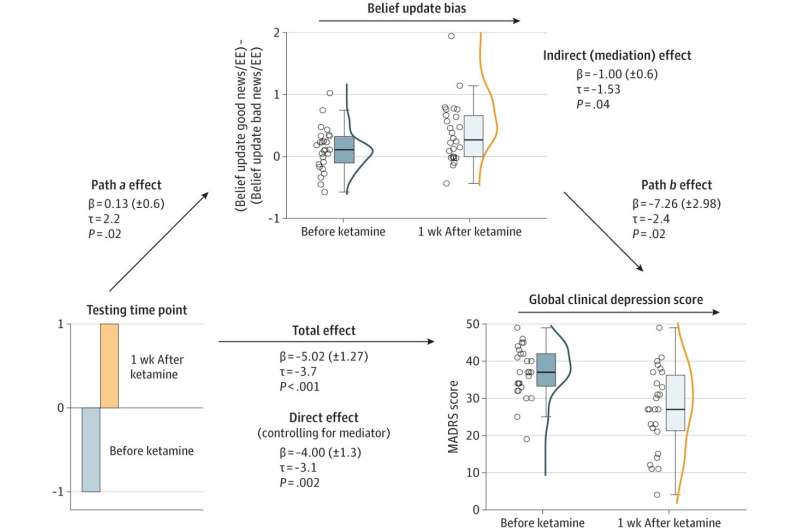AFP -
French author and feminist figure Annie Ernaux received a standing ovation at a New York bookstore on Monday as the recent Nobel literature prize winner attended a cultural event to speak about her career and writing.

Nobel laureaute Annie Ernaux is the pioneer of France's 'autofiction' genre, which gives narrative form to real-life experience© Andrea RENAULT
Ernaux, whose works have been translated and studied in the United States for the past 30 years, had been honored last week by the Nobel committee "for the courage and clinical acuity with which she uncovers the roots, estrangements and collective restraints of personal memory."
At the Albertine bookstore in New York, the writer spoke for an hour about the literary process in conversation with American novelist Kate Zambreno.
At least 300 people, the majority of them women, gave her a standing ovation at the event in the Villa Albertine, which houses the cultural services of the French embassy in the United States.
"I have always been nurtured by literature since childhood. As far back as I look and as I can remember books are my life," Ernaux, 82, said in remarks translated by an interpreter.
Personal experiences of class and gender are the source for all Ernaux's work and she is the pioneer of France's "autofiction" genre, which gives narrative form to real-life experience.
Her more than 20 books, many of which have been school texts in France for decades, offer one of the most subtle, insightful windows into the social life of modern France, casting a critical eye on social structures and her own complicated emotions.
During an exchange with the audience, Ernaux was warmly thanked by a young woman for getting her into feminism, in particular due to reading "The Happening," her autobiographical novel about having an illegal abortion in the 1960s.
"I must say that what I just heard was something truly marvelous and gives me energy because I don't feel responsible for the effect that my books have on the young generation," the writer replied.
Ernaux, who is visiting New York this week, also presented with her son David Ernaux-Briot their family documentary "The Super 8 years" at the 60th New York Film Festival Monday evening.
On Wednesday, she will be received at Barnard College at Columbia University in New York, a liberal arts college for women.
nr/elm/mtp/mca




